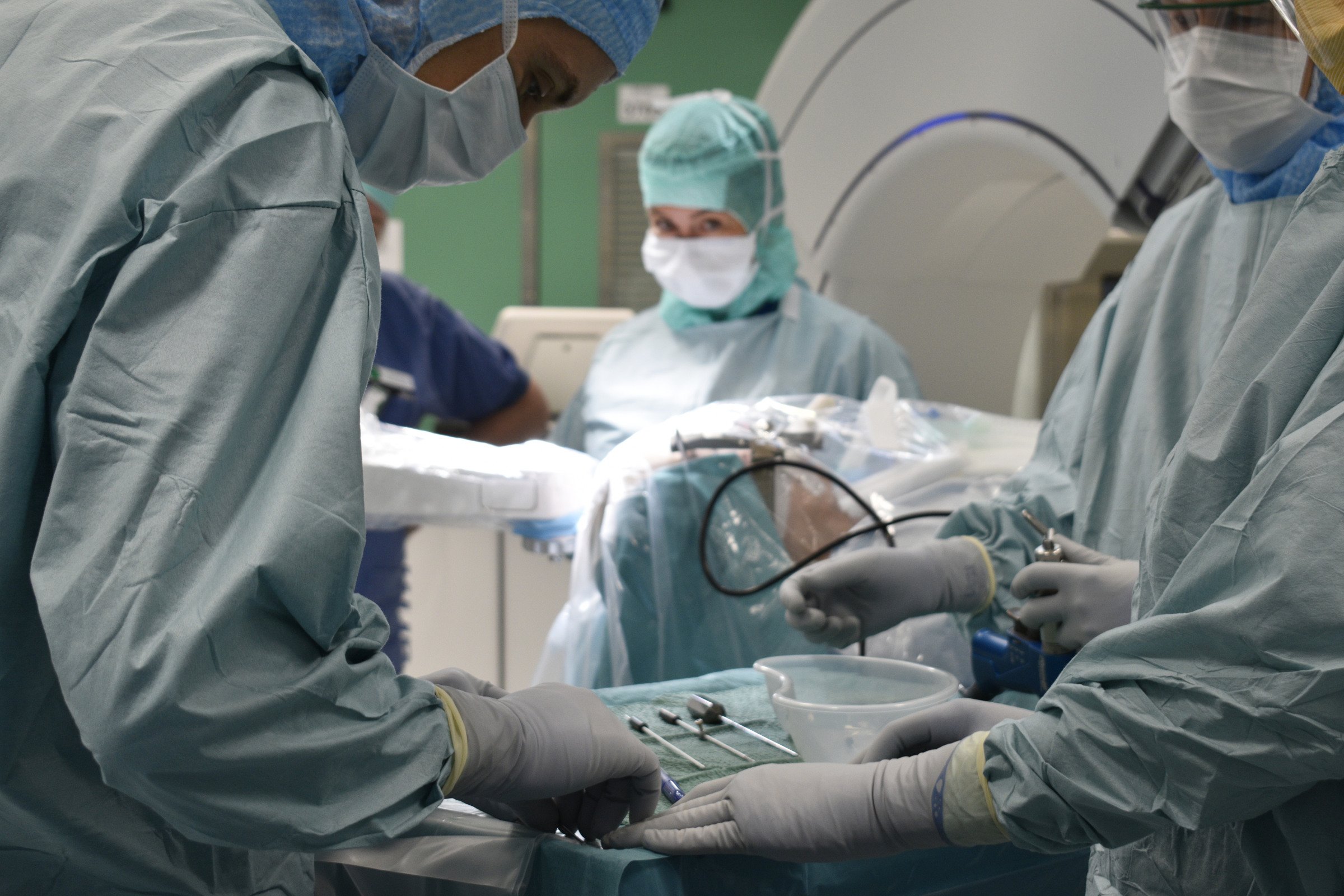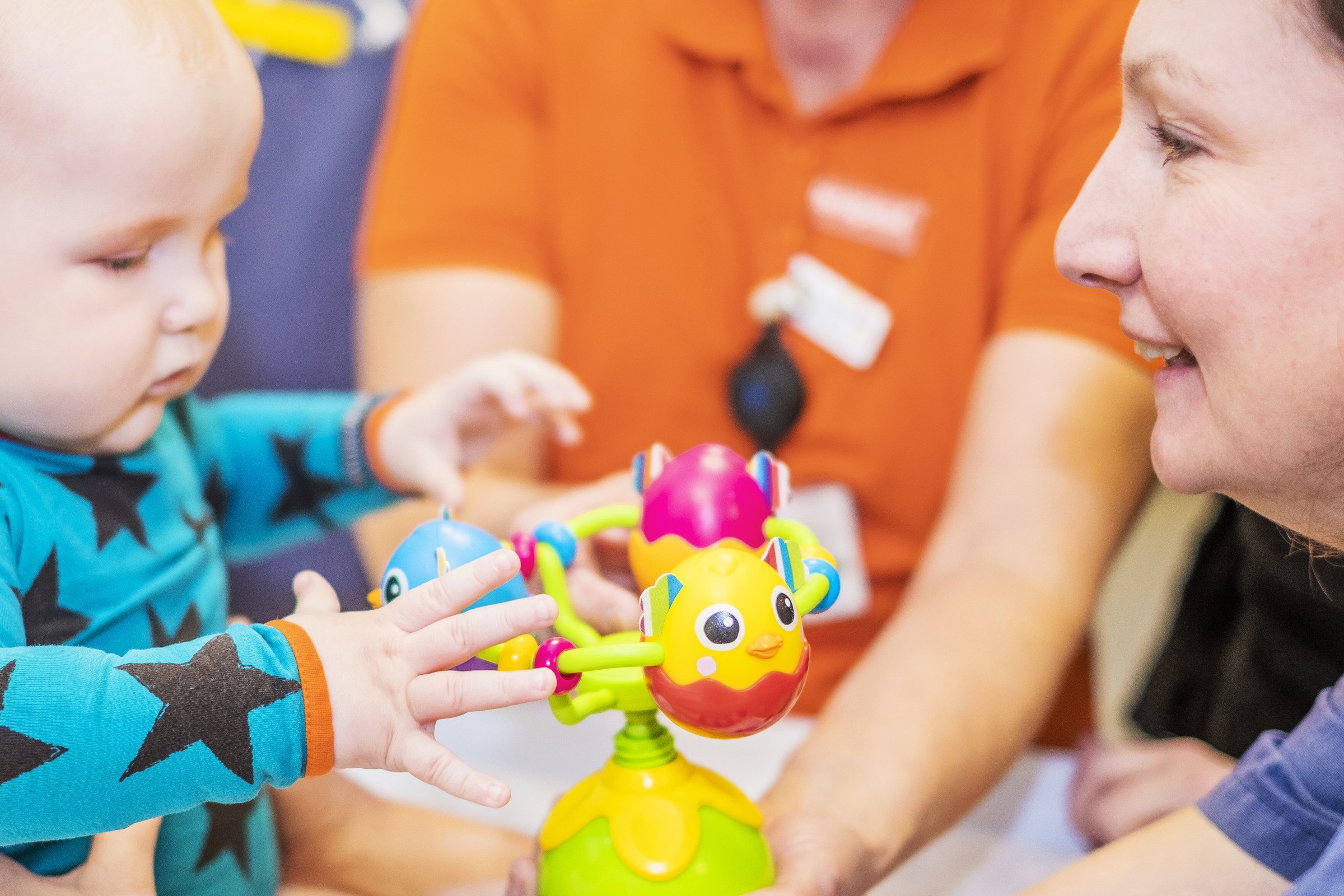Epilepsy - in children
The pediatric epilepsy unit at Astrid Lindgren's Children's Hospital
The team for pediatric epilepsy is part of the Karolinska Epilepsy Center. We have the country's largest epilepsy unit for children, with approximately 1,600 patients at our clinics in Huddinge and Solna. We also handle children from other regions for highly specialized care: acute, temporary for second opinions, or long-term. We have a complete arsenal of basic and advanced examination and treatment methods. When investigating epilepsy, we collaborate closely with the neurophysiological, neuroradiological, and nuclear medicine units, as well as with the Karolinska University Laboratory.
We have beds in the neuropediatric ward, and we have daily rounds in the pediatric intensive care unit (BIVA), which has extensive experience with epilepsy. In highly specialized care such as epilepsy surgical investigation and treatment, genetic and neurometabolic diagnostics, and precision medicine, we collaborate closely within the framework of the Karolinska Epilepsy Center with the epilepsy team for adults, the neurosurgical operations, the Center for Congenital Metabolic Diseases (CMMS), the Precision Medicine Center Karolinska (PMCK), the Center for Rare Diagnoses and the Science for Life Laboratory (SciLifeLab). The Karolinska Epilepsy Center also includes epilepsy research in collaboration among the hospital, Karolinska Institutet, and KTH.
Who is part of the epilepsy team?
Since epilepsy can cause difficulties and affect different aspects of life, several professions are included in our epilepsy team. In addition to child neurologists and epilepsy nurses, our team also includes psychologists, speech therapists, physiotherapists, occupational therapists, pedagogues, and counselors. The team's neurosurgeon is important in drug-resistant epilepsy when surgical treatment is considered.
Neurosurgery
Pioneers in modern neurosurgery with extensive collaborations worldwide. Neurosurgery
